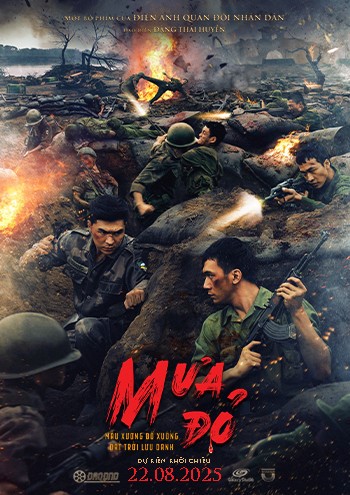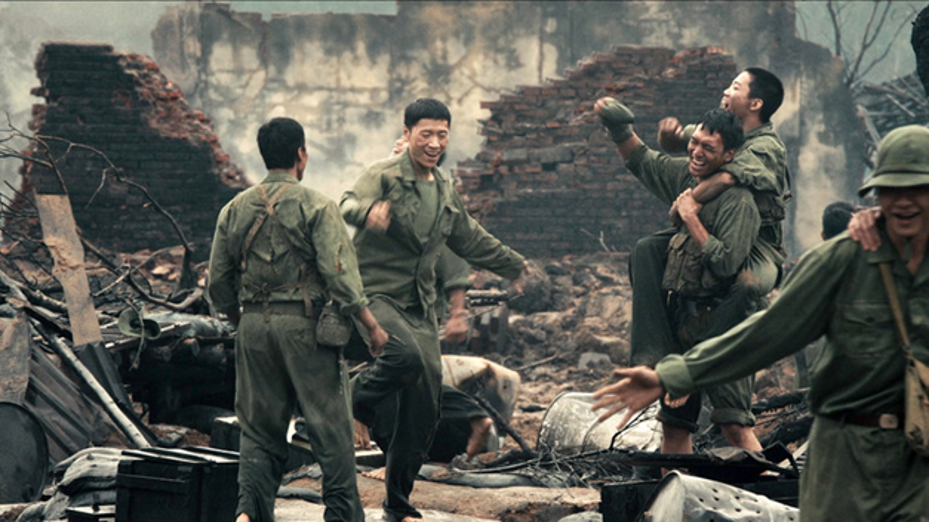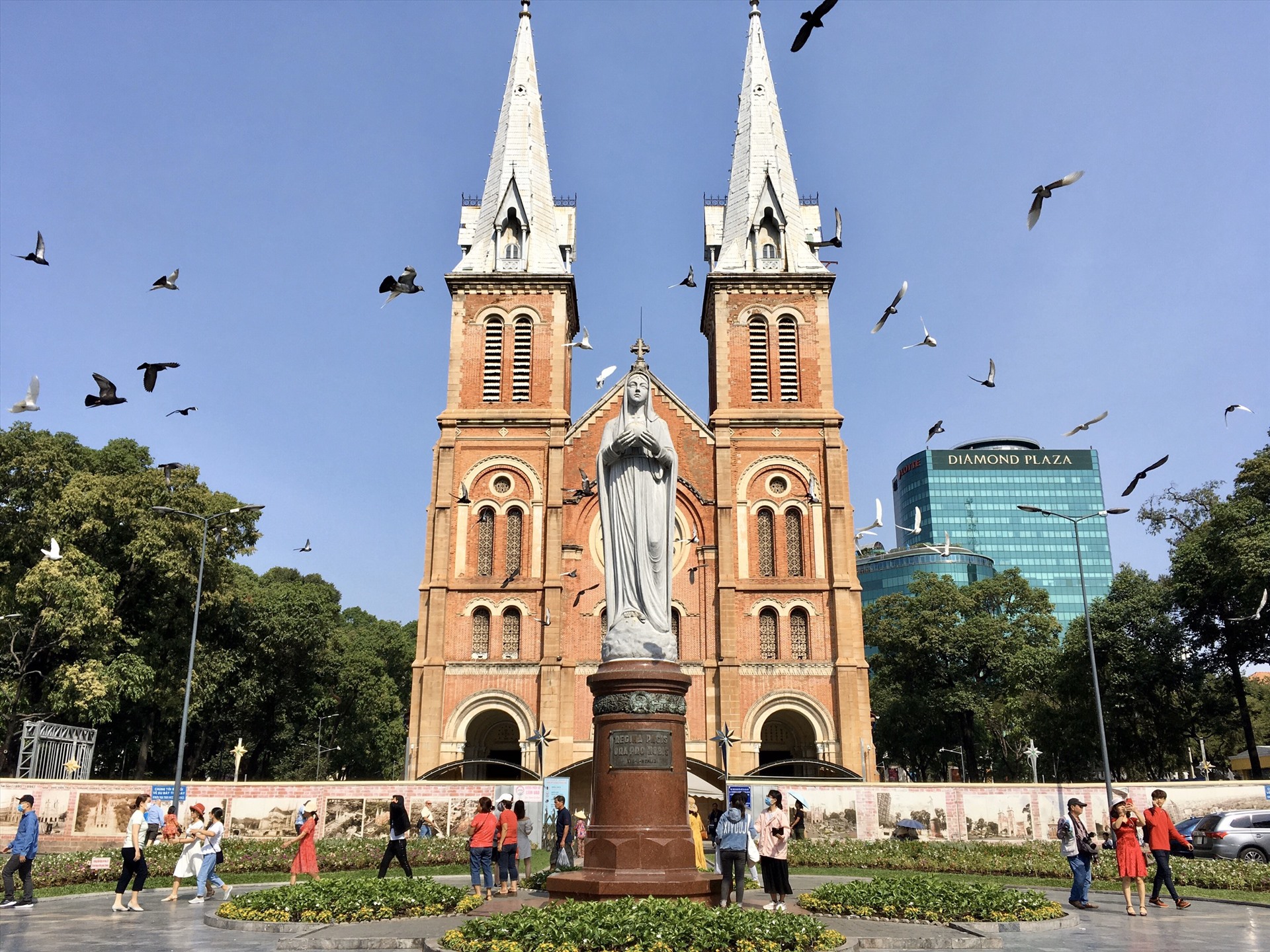Review after watching “Red Rain”
Date: 2025.10.07

Red Rain is a military feature film about the Vietnamese revolutionary war, written by novelist Chu Lai. Released on August 22, 2025, with a runtime of 124 minutes, the film left lasting emotions for many viewers, including myself as an employee of Help All 247 who watched it during the recent National Day holiday.
The film authentically recreates the 81-day battle of Quang Tri Citadel in 1972. Fierce bombings, tragic deaths, and the silent sacrifices of countless soldiers brought many viewers to tears. In just 81 days during the fiery summer of 1972, the small Quang Tri Citadel (less than 3km²) endured 328,000 tons of bombs. On average, each Vietnamese soldier bore the weight of 10 tons of explosives; some were struck multiple times in a single day. This legendary 81-day defense has become an immortal chapter in Vietnamese history—evidence of the nation’s unyielding desire for independence, freedom, and reunification during the resistance war against the United States.

One of the most haunting scenes shows a soldier gritting his teeth as his leg is amputated without anesthesia. Remarkably, this role was not played by a professional actor but by a veteran who actually fought in Quang Tri in 1972, adding raw authenticity to the portrayal of war’s cruelty.
The film highlights the stories of soldiers such as Tu, Sen, Hai, Ta, and Cuong—young men in their prime who set aside personal dreams to contribute to their nation’s destiny.
♥ Tu
A young man full of unfinished dreams. Amidst the fire and smoke, Tu retains a sense of innocence and warmth. His sacrifice becomes all the more heartbreaking, symbolizing a generation of youth who surrendered their springtime years for their country.
♥ Sen
A special forces soldier, sharp-eyed and highly skilled with weapons. Yet after witnessing countless comrades fall, Sen suffers from severe psychological trauma—sometimes laughing, sometimes crying uncontrollably, with empty eyes. Even in madness, he understands: a soldier must fight until his last breath.
♥ Hai
Strong, spirited, and deeply bonded with his comrades. Hai embodies courage, brotherhood, and determination. His death reflects both the savagery of war and the unbreakable will of fearless soldiers.
♥ Ta
As squad leader, Ta is the “pillar” of his team. From the start, he shows resilience and resolve, becoming a spiritual anchor for younger fighters. Facing repeated brushes with death and loss, Ta never falters—depicting the qualities of a commander: responsible, steadfast, and ready to sacrifice for the collective.
♥ Cuong
Originally a conservatory student who loved music, Cuong left school to fight on the battlefield. After enduring bombs and watching comrades die, his dreamy soul matures into resilience and strength. Cuong represents how ideals empowered Vietnam’s youth to overcome fear and live fully for their homeland.
► In the final scene of Red Rain, Quang and Cuong—two soldiers from opposing sides—grasp an S-shaped scarf together. This symbolic image evokes the longing for national unity. The southern scarf, shaped like Vietnam’s map, becomes a bond uniting all Vietnamese hearts. Yet, when torn in two, it mirrors the painful reality of a homeland divided by war.

❤️ Red Rain is not only a story of war’s devastation but also a tribute to comradeship, patriotism, and humanity’s longing for life. It reveals the spiritual strength that helped earlier generations endure suffering to create history.
These lines from veteran Pham Dinh Lan’s famous poem A Piece of the Citadel’s Land—written after 81 days of heroic resistance in Quang Tri—resonate deeply:
“Walk gently and speak softly,
So my comrades may rest beneath the grass.
The Quang Tri sky is blue and windswept,
The Citadel vast, yet filled with the fallen.
…Walk gently and speak softly,
So my comrades may rest beneath the grass.
Each blade of grass a soul in remembrance,
Each river a marching song.”
This moving elegy reminds us that every inch of Quang Tri Citadel is a timeless symbol of courage, patriotism, and ultimate sacrifice. It calls on today’s generations to cherish peace, won at such immense cost.






